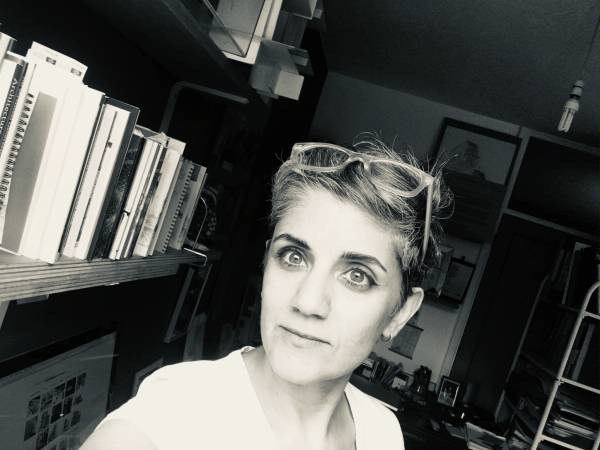Dr Yara Sharif


Dr Yara Sharif is a Senior Lecturer and a practitioner with an interest in design as a mean to facilitate and empower “forgotten” communities, while also interrogating the relationship between politics and architecture.
Based in London at NG Architects and leading a design studio at the University of Westminster, she co-founded the Palestine Regeneration Team (PART), a research collective focused on speculative and practical projects that address spatial possibilities in fragmented landscapes.
Her contributions have garnered multiple awards, including the RIBA President’s Award for Research in 2016 in the “Cities and Communities” category. Dr. Sharif has also collaborated on several projects with the Palestinian NGO Riwaq, which received the Holcim Commendation Award for Sustainable Construction in the MENA Region in 2014 for the Beit Iksa Eco Kitchen, as well as the Aga Khan Award for Architecture in 2013 for the Regeneration of Birzeit Historic Centre
Sharif's doctoral research, later published as a book titled Architecture of Resistance, won the RIBA President’s Award for Research for Outstanding PhD by Design Thesis in 2013.
Currently, Sharif is involved in research focused on self-build and the reconstruction of Gaza, in partnership with Nasser Golzari. Together, they co-founded Architects for Gaza (AFG), a platform dedicated to fostering hope by providing insights for reconstruction and education aimed at rebuilding Gaza. As architects, educators, planners, environmentalists, and designers, the AFG team collaborates closely with displaced families to rethink reconstruction efforts in Gaza, while also exploring critical concepts such as home, memory, and collective action.
PUBLICATIONS
Sharif, Y. (2024). 'A scarf, a sewage pipe and a settler: On tactics, X-ray, and the right to opacity'. In Khosravi, S. (Ed.), The gaze of the X-ray (Vol. 2, pp. 98–111). transcript Verlag.
Sharif, Y. (August 2021) 'Soft Tactics: On liberating the mental space' in Journal of Visual Culture. Vol 20 (2). pp. 281-4. Available at https://journals.sagepub.com/doi/full/10.1177/14704129211046141
Golzar, N. and Sharif, Y. (2020) ‘Absurd-City, Subver-City’ in Sorkin, M. & Sharp, D. (eds) Open Gaza: Architectures of Hope. Cairo: American University Press.
Sharif, Y. (November, 2019) 'Landscape of Time and Immobility' in Landscape Research. Vol 44 (7). pp 872-91. [Tailor & Francis online]. Available at: https://www.tandfonline.com/doi/abs/10.1080/01426397.2019.1623184
Sharif, Y (2017) Architecture of Resistance: Cultivating moments of possibility within the Palestinian/Israeli conflict. London: Routledge.
Sharif, Y. (2015) ‘Surface, Air, Underground’ in Khaldun Bshara & Saud Amiry (eds), Reclaiming Space: The 50 Villages project in rural Palestine, Ramallah: Riwaq.
Golzari, N. & Sharif, Y. (2015) ‘Searching for Sub-Urban Bridges in the Village of Beit Iksa, Jerusalem’ in Petrescu, D. and Trogal, K. The Social Reproduction of Architecture. London: Ashgate.
Golzari, N., & Sharif, Y. (2011). “Reclaiming space and identity: heritage-led regeneration in Palestine”. The Journal of Architecture. Vol.16 (1), pp.121-144.
Sharif, Y. (2009) “Towards an Invisible Ideology: Rethinking the Spatio-political Conditions of Palestine under Israeli Domination” in Propositions: Ideology in Transparency. Architecture Association Publications.